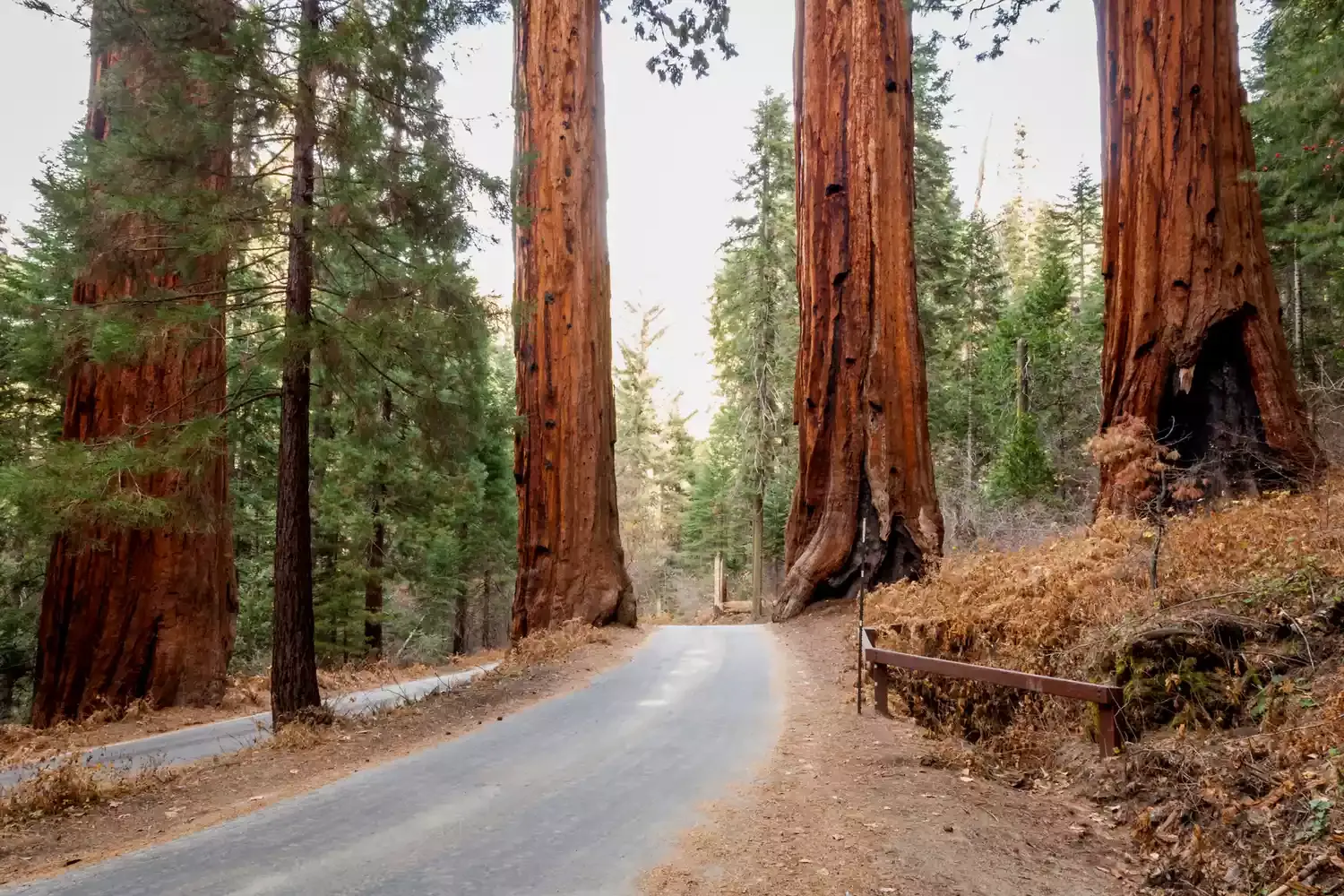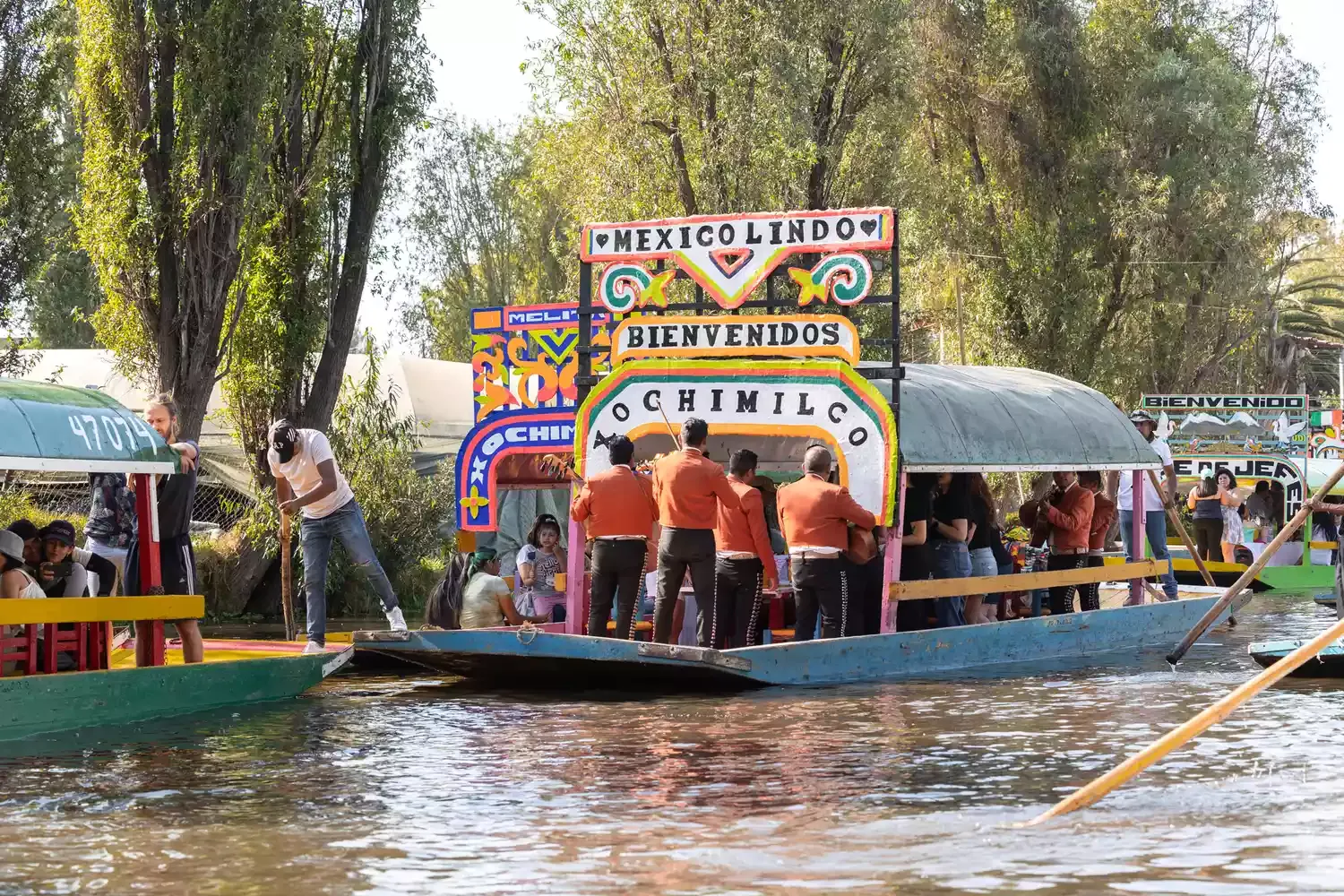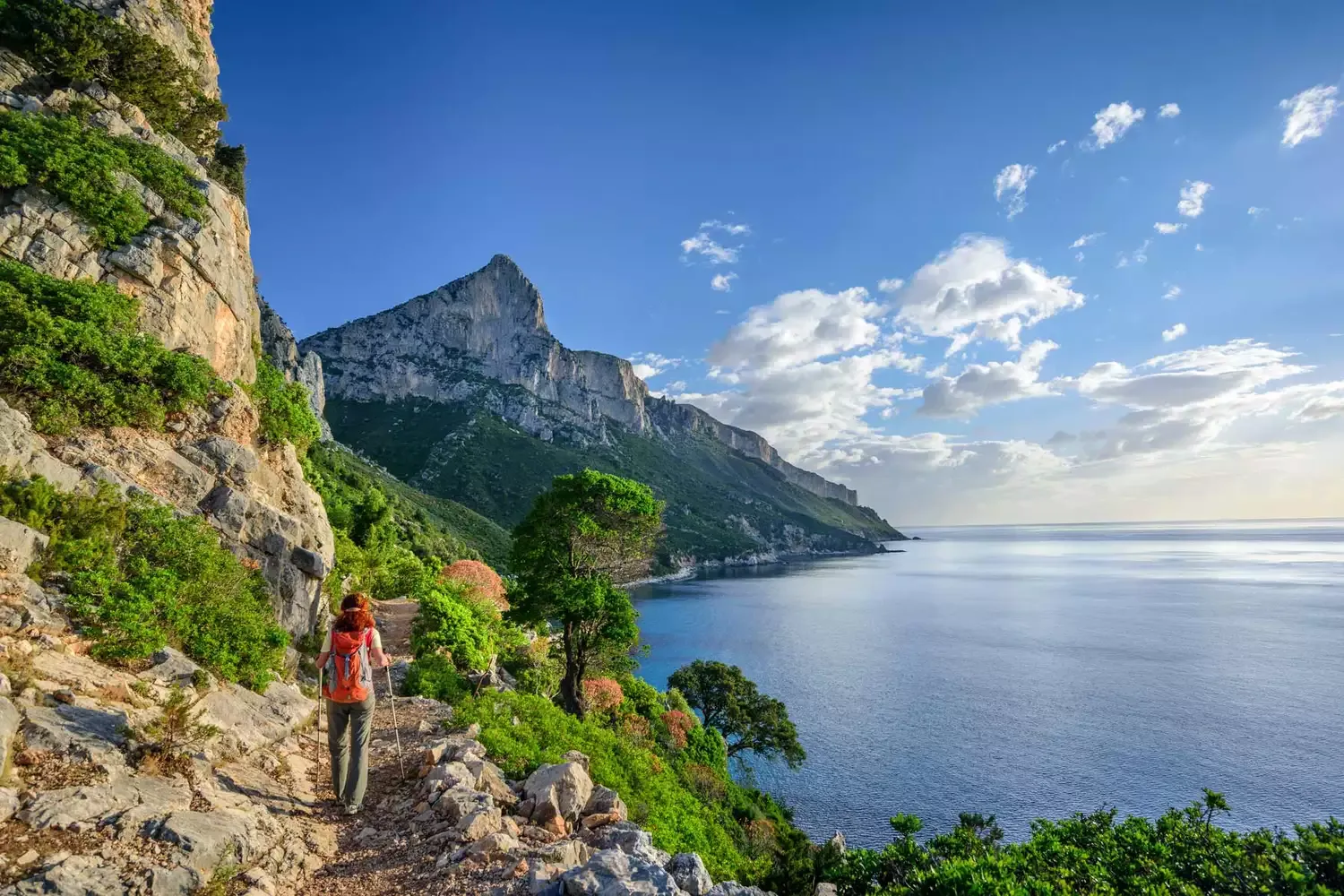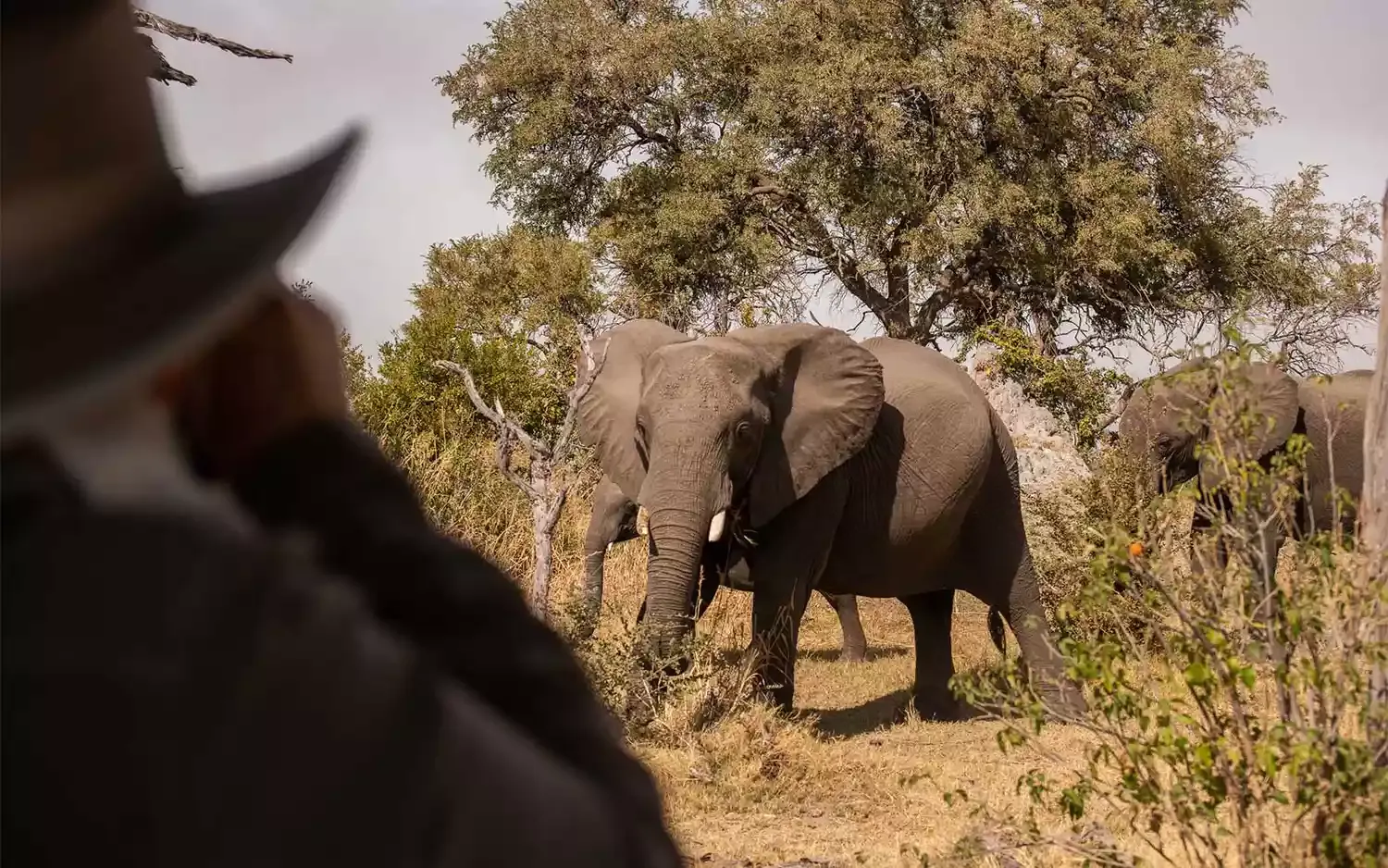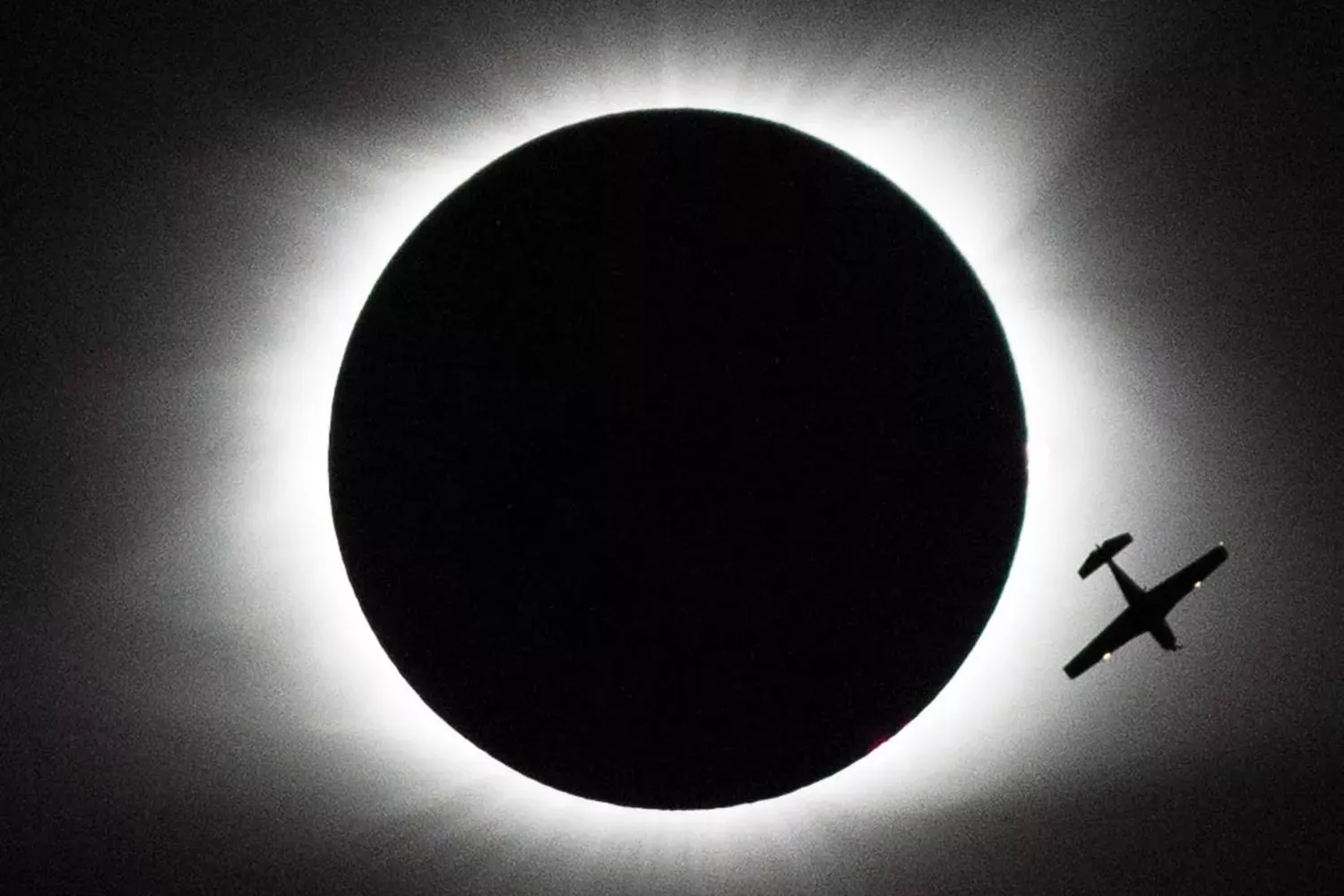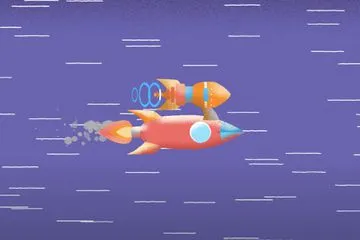
Approaching the speed of light, you'd experience time dilation where your time slows relative to Earth. As you accelerate, your mass increases exponentially requiring infinite energy to reach light speed. Length contraction would compress the universe ahead. Upon achieving light speed, physics breaks down, questioning our current understanding of space-time. The observable universe would drastically alter due to extreme relativistic effects, based on NASA research.
Time Dilation: The Relativity Revelation
One of the most significant consequences of traveling at speeds approaching the speed of light, as predicted by Einstein's theory of special relativity, is time dilation. Time dilation dictates that time passes differently for observers in different frames of reference, particularly at high speeds. In simpler terms, the faster you move, the slower time passes for you relative to a stationary observer.
Imagine a spacecraft traveling at 99.9% the speed of light. For the astronauts on board, time would pass much more slowly than for people back on Earth. A year on the spacecraft could correspond to decades, or even centuries, on Earth. This phenomenon isn't just theoretical; it's been experimentally verified with atomic clocks flown on airplanes. The clocks on the planes, traveling at relatively slow speeds compared to light, experienced a tiny but measurable time dilation effect.
Length Contraction: Space Itself Warps
Relativity also predicts length contraction. As an object approaches the speed of light, its length in the direction of motion appears to shorten to a stationary observer. The faster you go, the shorter you appear. To an observer on Earth watching a spacecraft zoom by at near-light speed, the spacecraft would seem incredibly compressed, almost flattened along its direction of travel. The astronauts inside, however, would perceive the spacecraft as being its normal length. This discrepancy arises from the relative nature of space and time at such extreme velocities.
Mass Increase: The Energy Hurdle
Another consequence of light speed travel is relativistic mass increase. As an object accelerates, its mass effectively increases. The closer an object gets to the speed of light, the more energy it requires to accelerate further. This means that an infinite amount of energy would be needed to accelerate an object with mass to the speed of light, making it an insurmountable barrier according to our current understanding of physics.
The Challenge of Infinite Energy
The energy requirements for achieving light speed travel are staggering. To accelerate a spacecraft of any appreciable size to even a fraction of the speed of light would require energy sources far beyond anything currently available. We would need to harness the power of stars, exploit exotic forms of matter like antimatter, or discover entirely new physics to overcome this limitation. This is one of the key reasons why faster-than-light travel remains firmly in the realm of science fiction.
Practical Considerations: Interstellar Dust and Radiation
Even if we could overcome the energy barrier, other practical challenges would arise. The interstellar medium, though seemingly empty, contains particles of dust and gas. At relativistic speeds, these particles would impact the spacecraft with tremendous force, potentially causing catastrophic damage. The spacecraft would also encounter intense radiation, which could pose a significant health risk to the crew and damage sensitive equipment.
The Twin Paradox: A Thought Experiment
The twin paradox is a classic thought experiment that illustrates the implications of time dilation. Imagine two twins, one of whom embarks on a high-speed space journey while the other remains on Earth. When the traveling twin returns, they would be significantly younger than their Earth-bound sibling. This isn't just a theoretical curiosity; it's a direct consequence of the time dilation effect predicted by special relativity.
The Visual Experience: A Starry Blur
What would the universe look like to someone traveling at the speed of light? The stars ahead would appear blue-shifted due to the Doppler effect, while the stars behind would appear red-shifted. The overall visual effect would likely be a blinding streak of light, as the light from distant objects is compressed into a narrow cone in front of the spacecraft.
Summary of Effects at Near Light Speed
Here is a summary of the key effects one would experience when traveling close to the speed of light, according to NASA's understanding:
Effect |
Description |
Consequences |
|---|
Time Dilation |
Time passes slower for the traveler relative to a stationary observer. |
Significant aging differences between the traveler and people back on Earth; interstellar voyages become possible within a human lifespan (for the traveler). |
Length Contraction |
The length of the spacecraft (in the direction of motion) appears shorter to a stationary observer. |
The spacecraft appears compressed; potential navigation challenges due to distorted perception of distances. |
Mass Increase |
The effective mass of the spacecraft increases, requiring more energy to accelerate. |
An infinite amount of energy would be required to reach the exact speed of light, making it impossible. |
Doppler Effect |
Light from objects ahead is blue-shifted, while light from objects behind is red-shifted. |
Distorted visual perception of the universe; potential challenges in identifying and navigating to distant destinations. |
Interstellar Collisions |
Impacts with interstellar dust and gas become incredibly energetic. |
Potential for significant damage to the spacecraft; necessitates robust shielding and advanced collision avoidance systems. |
The Future of Light Speed Travel Research
While practical light speed travel remains beyond our current capabilities, NASA and other space agencies continue to explore the theoretical possibilities and technological advancements that might one day make it a reality. Research into advanced propulsion systems, exotic forms of matter, and a deeper understanding of the fundamental laws of physics could pave the way for interstellar journeys that were once considered purely science fiction. The allure of exploring the cosmos at near-light speed continues to drive innovation and inspire the next generation of scientists and engineers.






